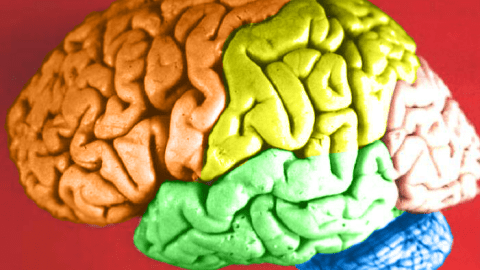The Long Road to Brain Donation

What’s the Latest Development?
When Albert Webb decided to donate his brain to science, his late wife didn’t know what he was getting himself into. Deciding to go without one’s brain after passing on is but the first step in a lengthy donation process. Unlike other organs, donating a brain requires that information be gathered on the donor’s mental functioning during life which means plenty of cognitive tests and personal interviews. Many donors’ stories have become part of a collaborative art exhibition on death and the brain called Mind Over Matter.
What’s the Big Idea?
Developed as a joint project between artist Ania Dabrowska and social scientist Bronwyn Parry, Mind Over Matter displays the pioneering work accomplished by some of the world’s first brain donors. Many aging donors’ brains will be studied to benefit sufferers of Alzheimer’s disease and dementia. For Carol Brayne, an aging specialist at Cambridge University, what is most remarkable about the project is that it pulls away the veil for the public. “It shows that it can be done with respect and appreciation”, she says.





